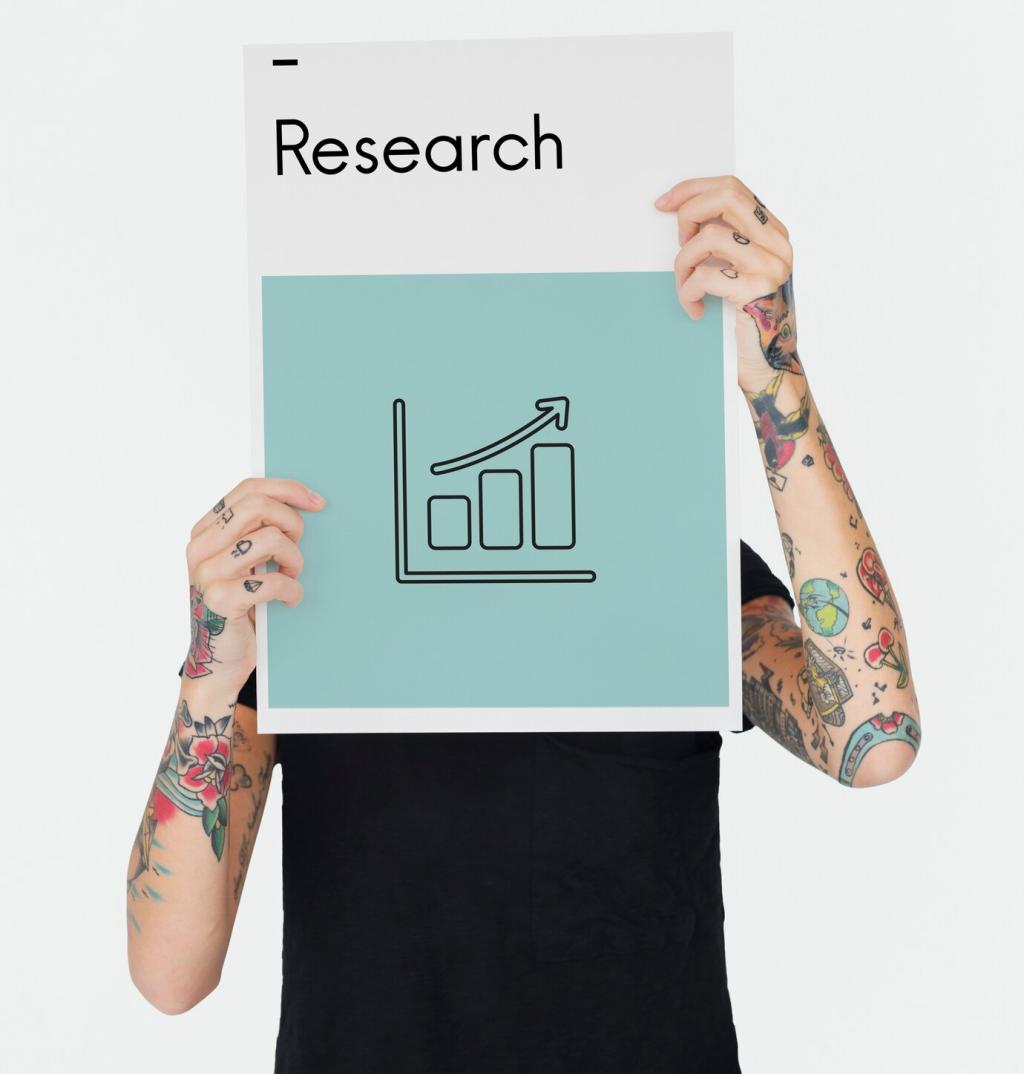Streamlining Financial Reporting with Payroll Automation
Why Automating Payroll Transforms Financial Reporting
01
Automation posts payroll summaries, taxes, benefits, and accruals directly to the ledger, eliminating manual exports and reconciliation loops. Teams reclaim hours, reduce handoffs, and close with fewer late nights and last-minute adjustments to critical financial reporting schedules.
02
Programmatic mappings minimize manual keying and formula breaks, so your gross-to-net calculations align consistently with the general ledger. Stakeholders see stable variance patterns, auditors find clean trails, and leadership trusts the story your financial reporting tells every period.
03
Time saved across payroll, accounting, and FP&A compounds quickly. Fewer spreadsheet fire drills mean more analysis, better forecasting, and clearer financial reporting narratives, translating directly into improved decisions, happier teams, and tangible efficiency gains your CFO can stand behind.



Compliance, Controls, and Audit Trails—Baked In
01
SOX-Friendly Segregation of Duties
Separate who prepares, approves, and posts payroll-related journals. Automated workflows enforce reviews, preserve evidence, and lock mappings, so your financial reporting complies with SOX controls while remaining agile enough to adapt as your organization grows or reorganizes.
02
Audit-Ready Evidence in Minutes
Each entry links to a payroll batch, supporting reports, and policy references. Auditors trace amounts from ledger lines to summarized pay elements without hunting through emails, making financial reporting support faster, calmer, and far more consistent across quarters and fiscal years.
03
Privacy and Security Without Compromise
Minimize personally identifiable information in accounting feeds, encrypt data in transit, and restrict sensitive fields. With principle-of-least-privilege access and thorough logging, payroll automation strengthens your financial reporting posture while protecting employees and meeting regulatory expectations confidently.
A Story from the Close: How One Team Cut Two Days
The controller’s team merged exports from two payroll systems, then hand-keyed allocations into complex templates. A single hidden formula error skewed benefits by department, delaying financial reporting and eroding confidence during a tight board deadline that demanded reliable figures.


A Story from the Close: How One Team Cut Two Days
Consolidated mappings and automated postings replaced late-night copy-paste. Variances reflected real operational shifts, not spreadsheet quirks. The close shortened by two days, and financial reporting meetings refocused on decisions instead of detective work and frantic error-hunting under unnecessary pressure.



Implementation Roadmap You Can Start This Week
Clean your chart of accounts, confirm dimensions, and document pay elements. Establish naming conventions and approvals. This foundation ensures payroll automation slots neatly into financial reporting and avoids rework when volumes grow or organizational structures evolve naturally.

Engage the Community—Share, Ask, Improve
Where does your close wobble—accruals, allocations, or reconciliations? Share your snag in the comments so we can propose targeted payroll automation tactics that immediately strengthen your financial reporting and lighten your team’s month-end workload sustainably and visibly.
